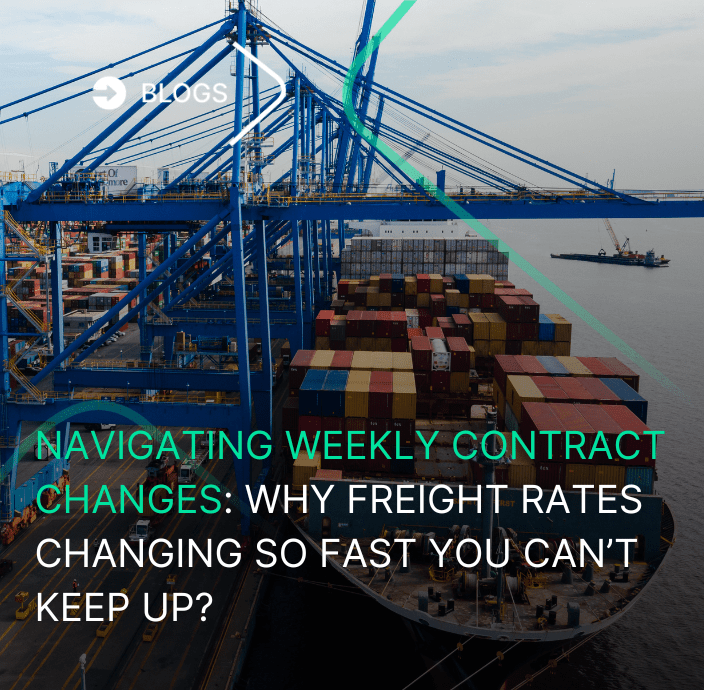In freight forwarding, the peak shipping season is the busiest one of the year due to increased demand, which leads to higher rates and much tougher competition. This season is just around the corner and that is why, at Cargofive, we share with you some tips to get the most out of it.
The peak shipping season usually starts in the middle of August and continues until the end of October. Being a period of high demand, there are certain barriers that can make it difficult for freight forwarders and their customers, while also presenting many opportunities for those who are prepared to receive it.
How can freight forwarders prepare for the peak shipping season?
Although the peak shipping season is very close, it’s still not too late for freight forwarders to take action in order to avoid high costs and operational problems. So, here are some tips that can help with this task:
1.Talk to your customers
Fluent communication with clients will be crucial in the coming months. It will be very important to let them know how tight the capacity will be so that they can arrange their shipments in advance. Thus, they will be able to forecast their production and formulate action plans that allow them to be on time with deliveries.
2. Remember the high season surcharges
During peak shipping seasons, ports become excessively congested, operators don’t cope, and waiting times increase as well as the fuel’s price. Because of this, it will be important to take enough time to thoroughly evaluate your customers’ logistics operations, to help them understand and avoid the additional charges that the peak season can bring.
3. Don’t forget to properly secure the load
This is not the time to skimp on insurance. Although accidents are unavoidable whether it is a low or a high season, during a period where demand and volumes increase, so do risks. If shipments are protected in advance, your cash flow and your customers will thank you later.
4. Take advantage of split shipments
There are many times that dividing a shipment between several containers and different bills of lading may be a good strategy. This will help to keep the risk lower because if part of the commodity is damaged, the rest of the load doesn’t necessarily suffer the same issue and so you will still have the chance to deliver some of the cargo to your customer. Although this process may require a bit more work, taking this precaution will help keep all your bases covered.
5. Avoid transhipments
As we know, transhipments involve making multiple stops and this means that carriers are much more likely to delay their cargo during peak season. A valid strategy, in this case, can be to have shipments that combine different modalities instead of being indirect, while reducing the times. Good communication with your customers will be a must as well on this matter so that they have the opportunity to decide whether certain additional costs are worth it.
6. Go ahead and incorporate more technology into your operations!
Nowadays, there are many offers of digital solutions specially designed to make freight forwarders’ days easier. By incorporating digital systems into your operations, you can manage all shipments more efficiently during the peak shipping season, while you can also access analytics that will help you make informed decisions based on business intelligence. With Cargofive, for instance, you can find and manage freight rates from different providers in just one place, which helps you to speed up the quoting process.
The peak shipping season brings challenges for everyone involved in the supply chain. With factors such as reduced capacity, different regulatory changes, rate fluctuations, and post-pandemic changes on the playing field, customers today are relying heavily on freight forwarders to get through difficult periods. And you, are you ready for the peak shipping season?
AUTHOR



